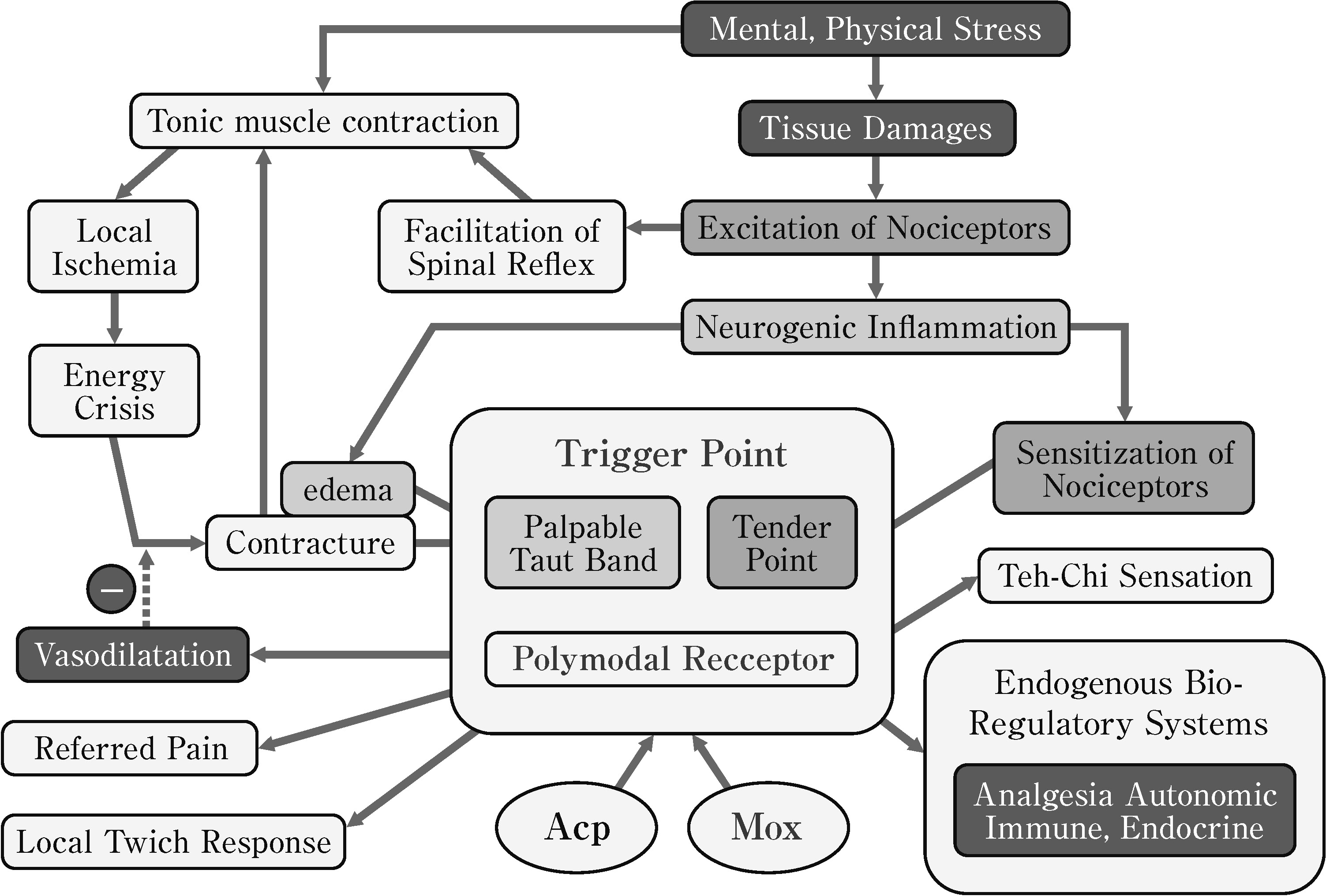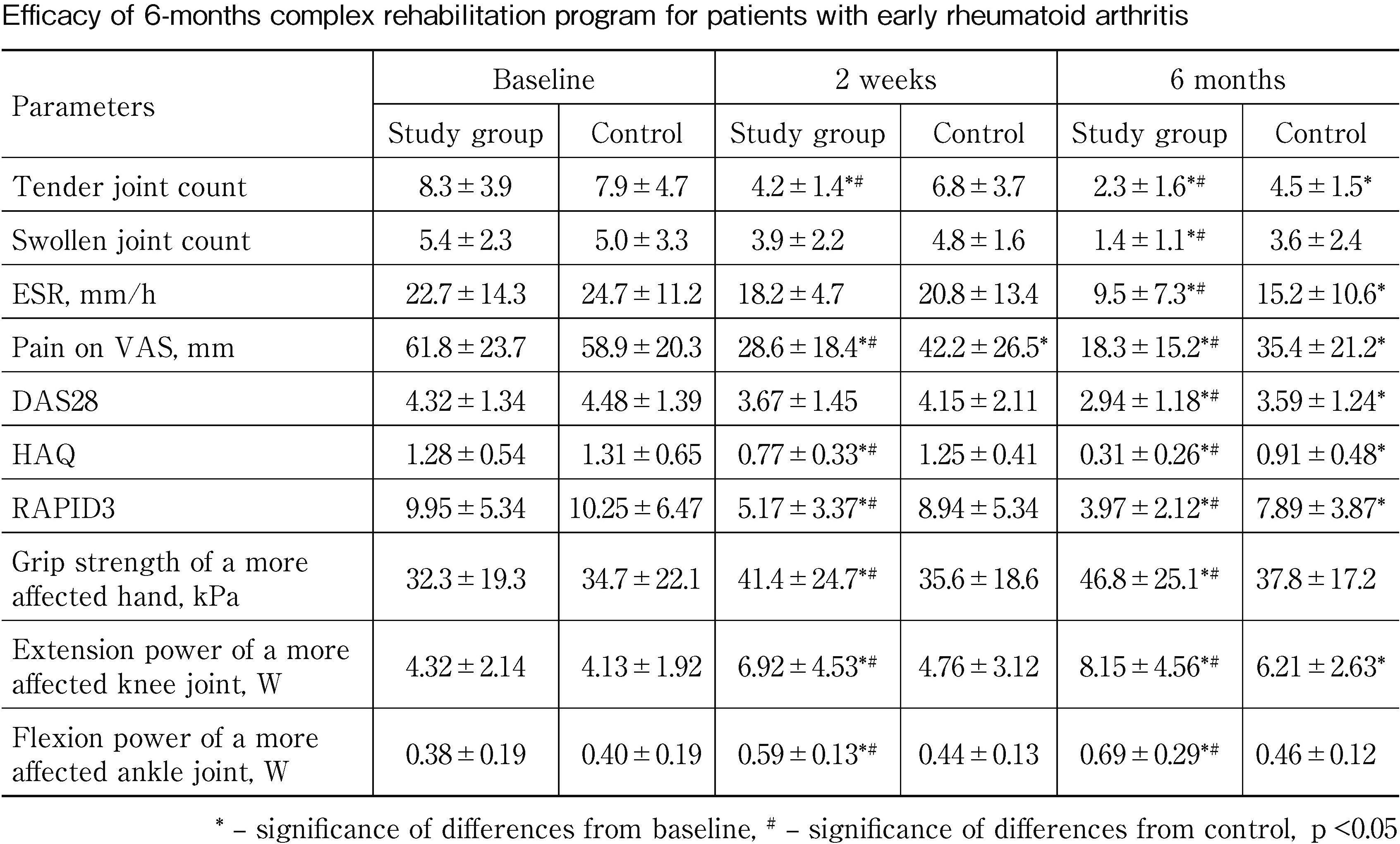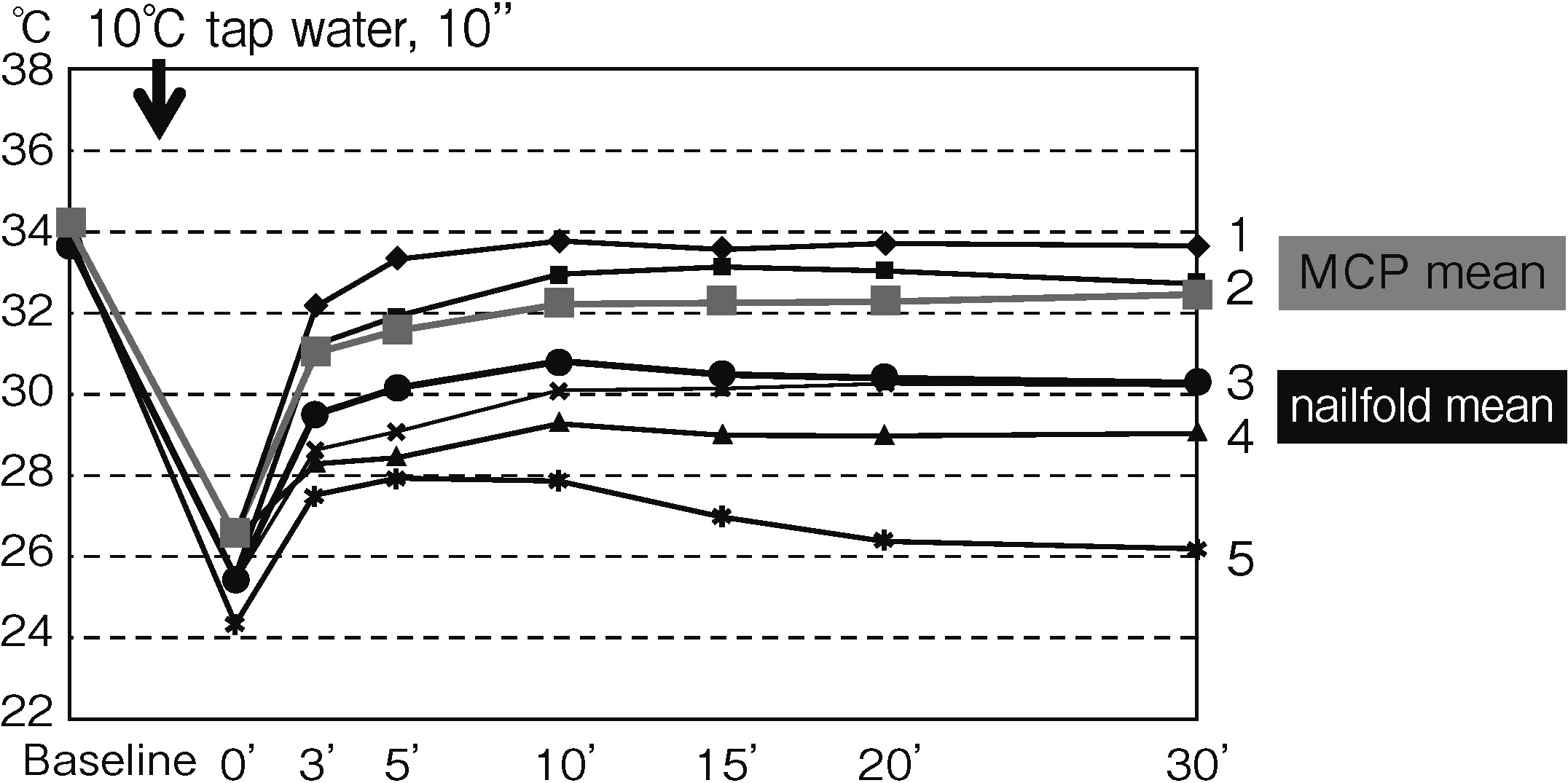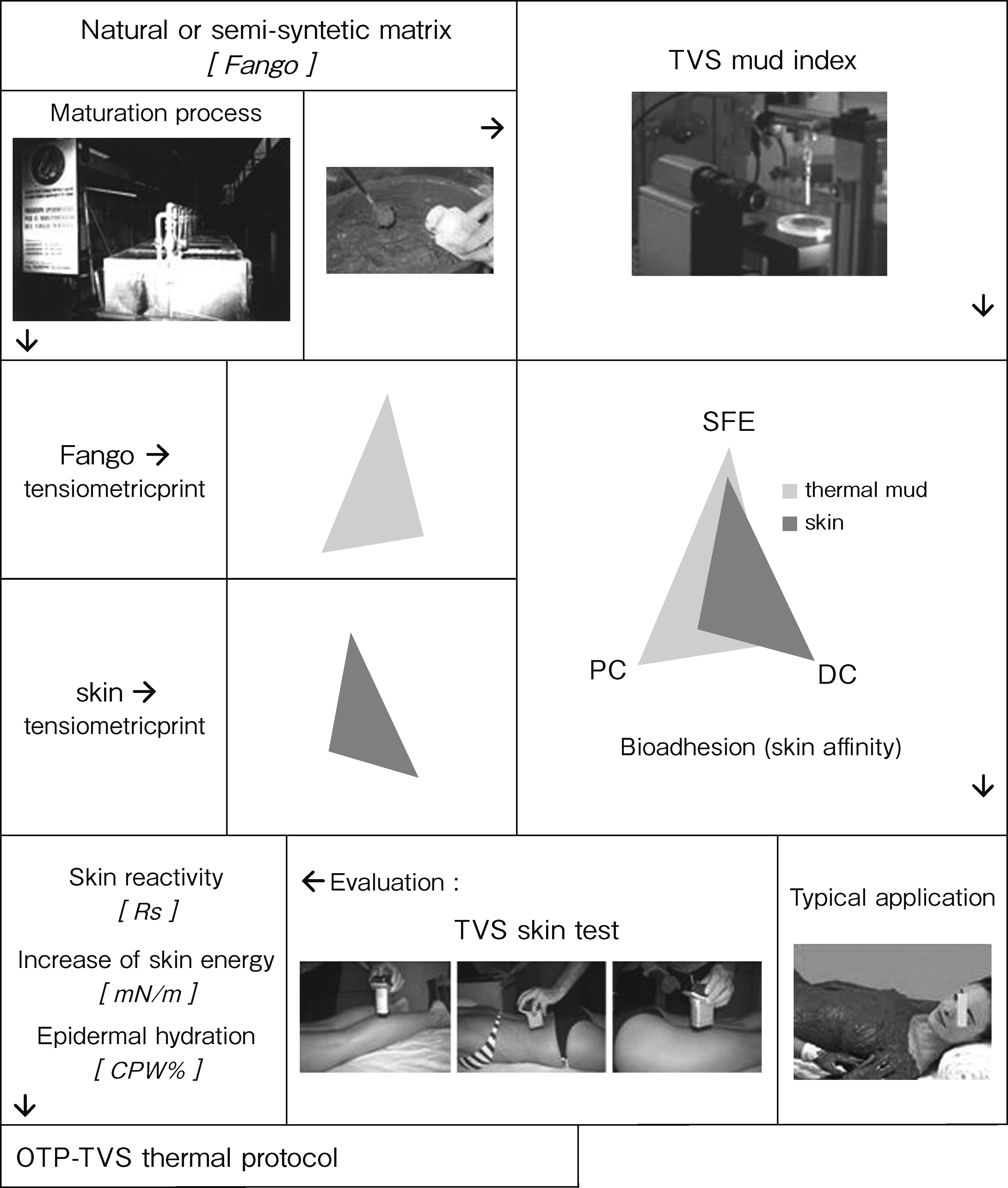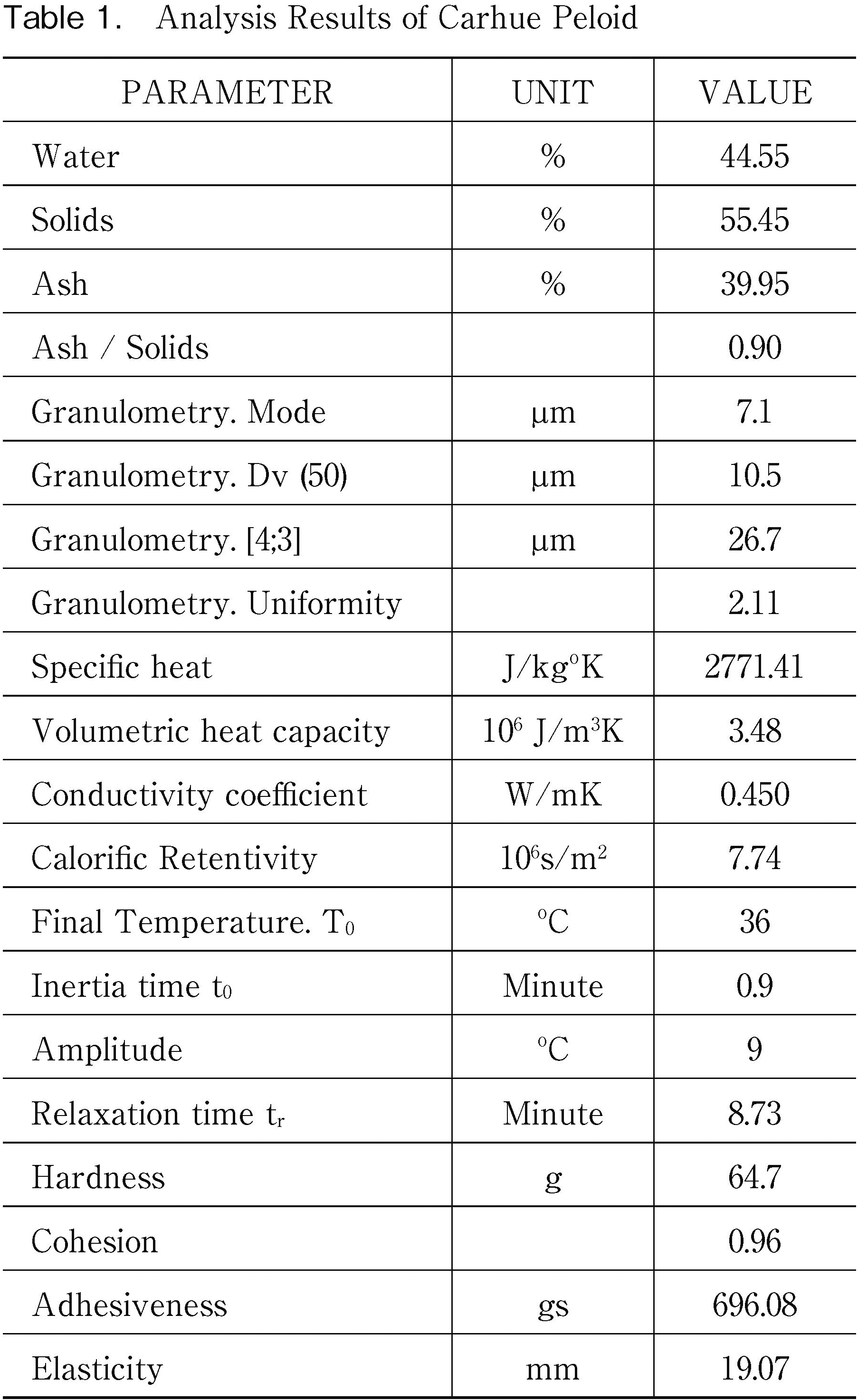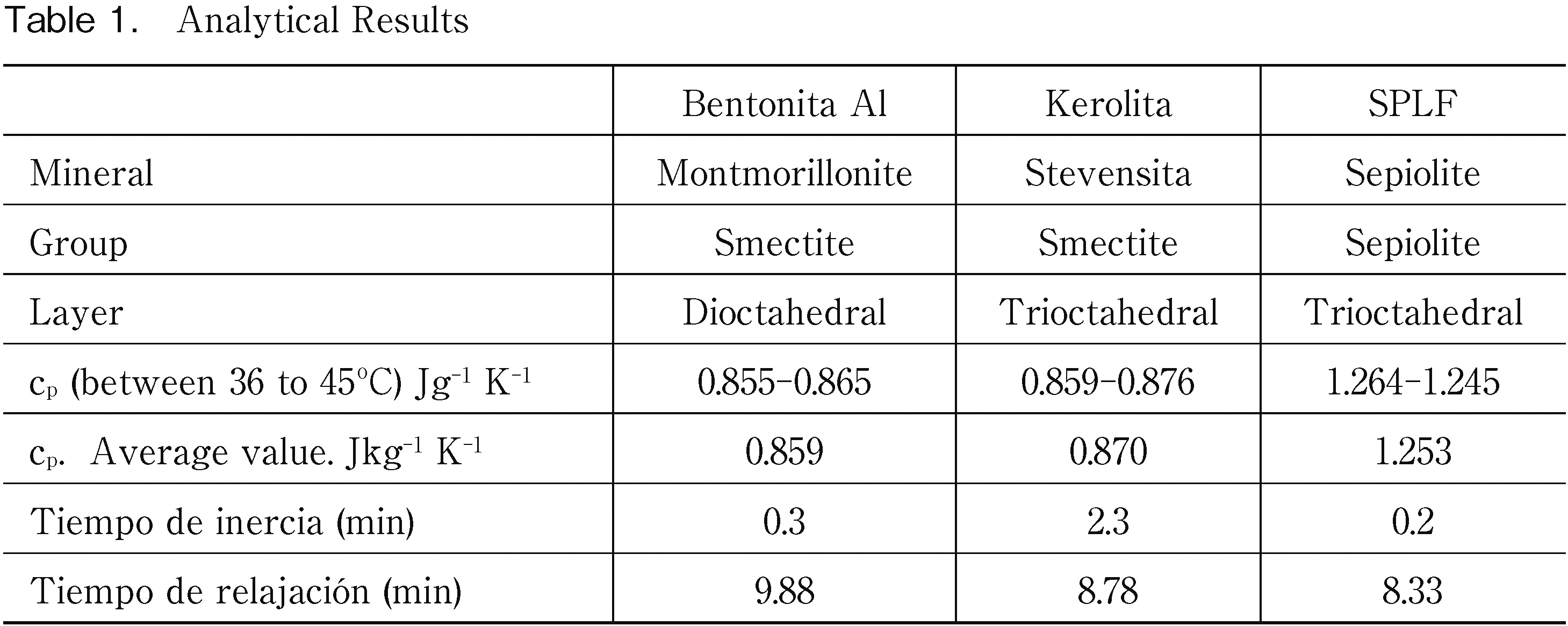Volume 77, Issue 5
Displaying 1-50 of 123 articles from this issue
39th World Congress of International Society of Medical Hydrology and Climatology (ISMH)
Presidential Address
-
2014 Volume 77 Issue 5 Pages 375-376
Published: August 29, 2014
Released on J-STAGE: January 15, 2015
Download PDF (221K)
ISMH Presidential Address
-
2014 Volume 77 Issue 5 Pages 377-379
Published: August 29, 2014
Released on J-STAGE: January 15, 2015
Download PDF (55K) -
2014 Volume 77 Issue 5 Pages 380-382
Published: August 29, 2014
Released on J-STAGE: January 15, 2015
Download PDF (68K)
Present Topics on Balneotherapy 1
-
2014 Volume 77 Issue 5 Pages 383
Published: August 29, 2014
Released on J-STAGE: January 15, 2015
Download PDF (35K) -
2014 Volume 77 Issue 5 Pages 384
Published: August 29, 2014
Released on J-STAGE: January 15, 2015
Download PDF (34K) -
2014 Volume 77 Issue 5 Pages 385
Published: August 29, 2014
Released on J-STAGE: January 15, 2015
Download PDF (36K) -
2014 Volume 77 Issue 5 Pages 386-387
Published: August 29, 2014
Released on J-STAGE: January 15, 2015
Download PDF (47K) -
2014 Volume 77 Issue 5 Pages 388-389
Published: August 29, 2014
Released on J-STAGE: January 15, 2015
Download PDF (38K) -
2014 Volume 77 Issue 5 Pages 390
Published: August 29, 2014
Released on J-STAGE: January 15, 2015
Download PDF (33K) -
2014 Volume 77 Issue 5 Pages 391
Published: August 29, 2014
Released on J-STAGE: January 15, 2015
Download PDF (35K)
Present Topics on Balneotherapy 2
-
2014 Volume 77 Issue 5 Pages 392
Published: August 29, 2014
Released on J-STAGE: January 15, 2015
Download PDF (30K) -
2014 Volume 77 Issue 5 Pages 393-394
Published: August 29, 2014
Released on J-STAGE: January 15, 2015
Download PDF (38K) -
2014 Volume 77 Issue 5 Pages 395
Published: August 29, 2014
Released on J-STAGE: January 15, 2015
Download PDF (34K) -
2014 Volume 77 Issue 5 Pages 396
Published: August 29, 2014
Released on J-STAGE: January 15, 2015
Download PDF (38K) -
2014 Volume 77 Issue 5 Pages 397
Published: August 29, 2014
Released on J-STAGE: January 15, 2015
Download PDF (33K)
Luncheon Seminar
-
2014 Volume 77 Issue 5 Pages 398
Published: August 29, 2014
Released on J-STAGE: January 15, 2015
Download PDF (28K) -
2014 Volume 77 Issue 5 Pages 399
Published: August 29, 2014
Released on J-STAGE: January 15, 2015
Download PDF (36K)
Memorial Service for Dr. S. Sukenik
-
2014 Volume 77 Issue 5 Pages 400
Published: August 29, 2014
Released on J-STAGE: January 15, 2015
Download PDF (33K)
Special Lectures from Japan
-
2014 Volume 77 Issue 5 Pages 401
Published: August 29, 2014
Released on J-STAGE: January 15, 2015
Download PDF (37K) -
2014 Volume 77 Issue 5 Pages 402-403
Published: August 29, 2014
Released on J-STAGE: January 15, 2015
Download PDF (114K) -
2014 Volume 77 Issue 5 Pages 404-405
Published: August 29, 2014
Released on J-STAGE: January 15, 2015
Download PDF (42K)
Symposium1 [ Waon therapy ]
-
2014 Volume 77 Issue 5 Pages 406
Published: August 29, 2014
Released on J-STAGE: January 15, 2015
Download PDF (34K) -
2014 Volume 77 Issue 5 Pages 407
Published: August 29, 2014
Released on J-STAGE: January 15, 2015
Download PDF (35K) -
2014 Volume 77 Issue 5 Pages 408
Published: August 29, 2014
Released on J-STAGE: January 15, 2015
Download PDF (36K) -
2014 Volume 77 Issue 5 Pages 409-410
Published: August 29, 2014
Released on J-STAGE: January 15, 2015
Download PDF (39K) -
2014 Volume 77 Issue 5 Pages 411
Published: August 29, 2014
Released on J-STAGE: January 15, 2015
Download PDF (37K)
Symposium2 [ Foot baths ]
-
2014 Volume 77 Issue 5 Pages 412
Published: August 29, 2014
Released on J-STAGE: January 15, 2015
Download PDF (36K) -
2014 Volume 77 Issue 5 Pages 413
Published: August 29, 2014
Released on J-STAGE: January 15, 2015
Download PDF (38K) -
2014 Volume 77 Issue 5 Pages 414-415
Published: August 29, 2014
Released on J-STAGE: January 15, 2015
Download PDF (41K) -
2014 Volume 77 Issue 5 Pages 416
Published: August 29, 2014
Released on J-STAGE: January 15, 2015
Download PDF (34K)
The WHO Draft Group: Therapeutic aquatic exercise and immersion
-
2014 Volume 77 Issue 5 Pages 417-418
Published: August 29, 2014
Released on J-STAGE: January 15, 2015
Download PDF (42K)
Section1 [ Hot and cold stimuli 1 ]
-
2014 Volume 77 Issue 5 Pages 419
Published: August 29, 2014
Released on J-STAGE: January 15, 2015
Download PDF (33K) -
2014 Volume 77 Issue 5 Pages 420
Published: August 29, 2014
Released on J-STAGE: January 15, 2015
Download PDF (34K) -
2014 Volume 77 Issue 5 Pages 421-422
Published: August 29, 2014
Released on J-STAGE: January 15, 2015
Download PDF (117K) -
2014 Volume 77 Issue 5 Pages 423-424
Published: August 29, 2014
Released on J-STAGE: January 15, 2015
Download PDF (42K)
Section2 [ Hot and cold stimuli 2 ]
-
2014 Volume 77 Issue 5 Pages 425
Published: August 29, 2014
Released on J-STAGE: January 15, 2015
Download PDF (35K) -
2014 Volume 77 Issue 5 Pages 426
Published: August 29, 2014
Released on J-STAGE: January 15, 2015
Download PDF (35K) -
2014 Volume 77 Issue 5 Pages 427-428
Published: August 29, 2014
Released on J-STAGE: January 15, 2015
Download PDF (69K) -
2014 Volume 77 Issue 5 Pages 429-430
Published: August 29, 2014
Released on J-STAGE: January 15, 2015
Download PDF (116K)
Section3 [ Acupuncture ]
-
2014 Volume 77 Issue 5 Pages 431
Published: August 29, 2014
Released on J-STAGE: January 15, 2015
Download PDF (36K) -
2014 Volume 77 Issue 5 Pages 432
Published: August 29, 2014
Released on J-STAGE: January 15, 2015
Download PDF (37K) -
2014 Volume 77 Issue 5 Pages 433-434
Published: August 29, 2014
Released on J-STAGE: January 15, 2015
Download PDF (41K)
Section4 [ Mud therapy1 ]
-
2014 Volume 77 Issue 5 Pages 435-436
Published: August 29, 2014
Released on J-STAGE: January 15, 2015
Download PDF (42K) -
2014 Volume 77 Issue 5 Pages 437-438
Published: August 29, 2014
Released on J-STAGE: January 15, 2015
Download PDF (325K) -
2014 Volume 77 Issue 5 Pages 439-440
Published: August 29, 2014
Released on J-STAGE: January 15, 2015
Download PDF (47K) -
2014 Volume 77 Issue 5 Pages 441-442
Published: August 29, 2014
Released on J-STAGE: January 15, 2015
Download PDF (46K) -
2014 Volume 77 Issue 5 Pages 443-444
Published: August 29, 2014
Released on J-STAGE: January 15, 2015
Download PDF (44K) -
2014 Volume 77 Issue 5 Pages 445-446
Published: August 29, 2014
Released on J-STAGE: January 15, 2015
Download PDF (65K) -
2014 Volume 77 Issue 5 Pages 447-448
Published: August 29, 2014
Released on J-STAGE: January 15, 2015
Download PDF (56K) -
2014 Volume 77 Issue 5 Pages 449-450
Published: August 29, 2014
Released on J-STAGE: January 15, 2015
Download PDF (45K)


